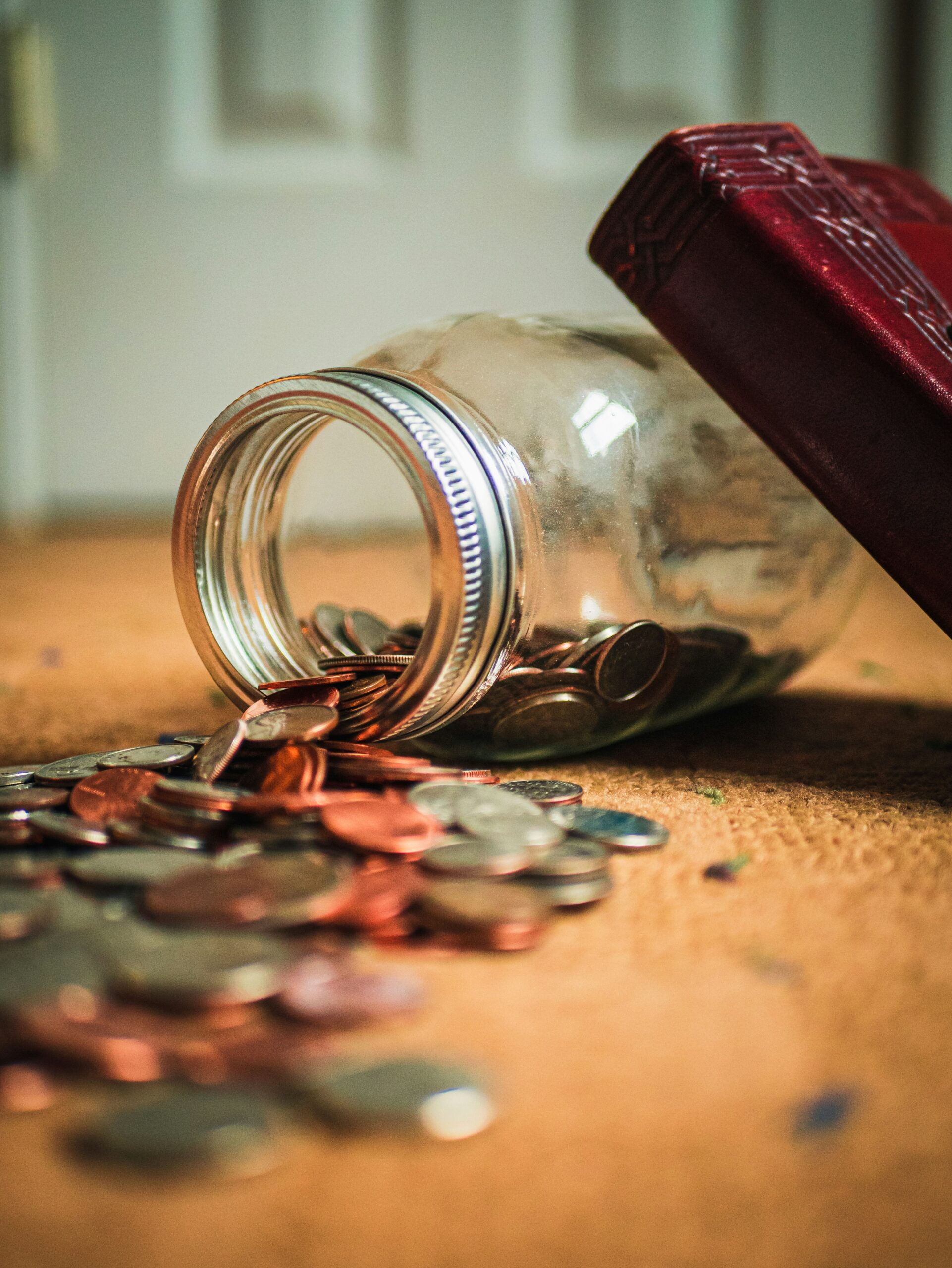What is an Emergency Fund?
An emergency fund, often called a rainy day fund, is a pot of money that acts as a financial safety net should emergencies or unexpected things crop up in life. Imagine your car failing its MOT or service and needing major repairs costing hundreds of pounds, or your boiler breaking down in the middle of winter. These are common scenarios for us here in the UK, but unexpected costs can crop up in countless situations. Being financially prepared is critical; an emergency fund is a financial buffer to help navigate surprises without derailing your finances. An additional benefit of having an emergency fund is not having to rely on debt such as credit cards, overdrafts, or loans because the cash is readily available. This in turn helps to reduce financial stress as you have peace of mind that you have a buffer in place to deal with emergencies.
How Much Should I Have in my Emergency Fund?
A common guideline is to have between 3-6 months’ worth of essential living costs saved in an emergency fund. This should provide a solid financial cushion to cover most unexpected expenses or emergencies. However, the exact amount will look different for everyone, as we all have varying financial commitments and lifestyles. What matters most is building a fund that gives you peace of mind and protects you from financial shocks. Personally, I am risk averse when it comes to things like this and I have opted to save around 6 months worth of my essential living costs alongside my partner in a separate savings account. But let’s use the very simple budget that I shared in my budgeting post and assess what an emergency fund may look like for someone earning the median UK salary.
| Pot | Amount (£) |
| Income | 2,335 |
| Non-negotiable (essentials) | 1,335 |
| Discretionary Spending | 600 |
| Savings | 400 |
Based on this scenario, assuming all the expenses that make up the £1,335 are absolutely essential and unavoidable, an ideal emergency fund could range from £4,005 (£1,335 multiplied by three months) to £8,010 (£1,335 multiplied by six months).
This is just a hypothetical example of what an emergency fund target might look like. However, personal finance is unique to each of us, and several factors influence how much you might want to save.
For example, job stability plays a crucial role—someone with a secure, fixed monthly salary may feel comfortable saving toward the lower end of the range, while a self-employed person or business owner with variable income might prefer a larger buffer.
Another key consideration is household responsibilities. If you have dependents or share financial commitments with a partner, your emergency fund target may need to reflect those obligations. Since my partner and I have a mortgage, bills, and other essential costs, our number looks different from the example above. Ultimately, the amount you save should be based on your circumstances and what gives you peace of mind.
Factors to Consider When Deciding Where to Keep an Emergency Fund?
A separate savings account is a helpful place to keep an emergency fund to deter short-term spending from a current account. In my opinion, there are four critical things to consider when deciding where to keep the pot of money that constitutes an emergency fund:
- Accessibility (quick access)- An emergency fund is only useful if the money can be accessed immediately. This is typically facilitated by what are known as ‘easy access savings accounts.’ This is the most important factor to take into consideration.
- Interest rates- With easy access savings accounts offering interest of around 5%, storing an emergency fund in an account that pays good levels of interest is an important factor to consider. Using the hypothetical figures above, a 3-month emergency fund of £4,005 could earn £200 of interest annually at a 5% interest rate whereas a £8,010 pot could earn £400 of interest.
- Number of withdrawals permitted- Some savings accounts restrict how many withdrawals are allowed before they slash your interest rate to much lower levels. It may be a good idea to reflect on the past and how often you might have accessed your emergency fund to work out the minimum number of withdrawals you would want.
- Financial Services Compensation Scheme Protection- Ensuring the provider where an emergency fund is kept is covered by the FSCS is essential, this means that if the financial institution your money is with fails for whatever reason, your money is protected up to £85,000. Whilst most emergency funds won’t reach this level, safeguarding the emergency fund from any events outside of our control is important.
Personally (and this is not financial advice), I keep my emergency fund in the Trading 212 Cash ISA. In my experience, withdrawals to my current account have been almost instant, and at the time of writing, it offers a 4.90% interest rate with unlimited withdrawals. Plus, it’s protected by the FSCS up to £85,000. But please do not use this as advice as to what account to use, I like the Money Facts Compare website which compares all available accounts in a simple format including accessibility, interest rates, withdrawals permitted, and whether the institutions are covered by the FSCS. This can then help you make the best decision for your circumstances.
Saving For an Emergency Fund
Understandably, saving for an emergency fund can be challenging, especially in today’s climate. If I were starting from scratch, I would first determine a realistic amount I could save each month. I’d then calculate how many months it would take to reach my target and incorporate this into my budget.
To stay accountable, I’d add a dedicated line in my budget. Some people may find it helpful to automate the process by setting up a standing order from their current account to their emergency fund, ensuring regular contributions without the need to manually transfer money.
Although it can be difficult, setting aside part of a bonus or a larger-than-usual sum of money can be a helpful way to grow an emergency fund.
Final Thoughts
An emergency fund is a cornerstone of personal finance, helping us focus on other financial goals without the stress of unexpected expenses. They can help to avoid unnecessary debt and if kept in a smart place, can earn a rewarding amount of interest. An emergency fund can be set up in minutes and it does not matter whether you start with £5 or £5000, what matters most is setting a goal and working towards it in a way that works for you and your financial circumstances.

